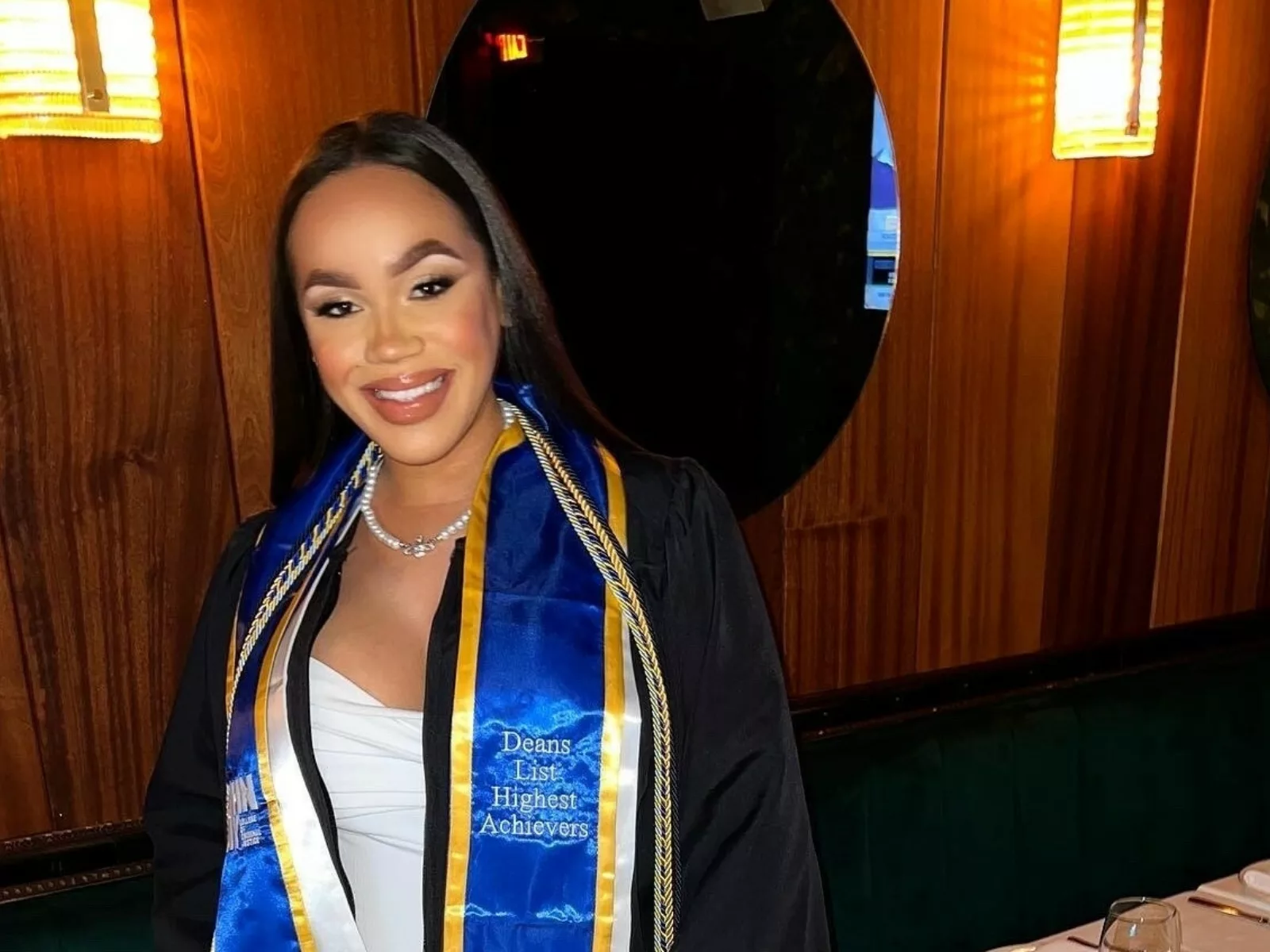There are real questions facing higher education as we move closer to the fall semester: Can schools keep students, faculty and staff safe? What does socially distant, in-person education look like, especially on a residential campus? Will students feel comfortable returning? And what will happen to football?? (As the daughter and sister of college football coaches, this question is particularly salient in my house.)
Institutional leaders are working feverishly to figure out the answers to all of these questions. Congress is also weighing in as it considers additional COVID relief packages. But there are questions that have not gotten the attention they deserve, and which will have long-lasting implications for students, taxpayers and our higher education system as a whole.
As policymakers consider what they need to do to support a return to campus in the fall, it is just as important for them to consider the quality of higher education to which students would be returning. We see several key questions hovering closely on the horizon that Congress must tackle:
Can schools stay open? If not, can they close in an orderly way that protects students and taxpayers?
The most immediate issue facing colleges and universities is how they will be able to open in the fall and for some smaller universities and colleges already in financial hardship, if they will weather the financial storm at all. When schools close precipitously, students and taxpayers are left vulnerable – students often have debt but no clear path to a degree and taxpayers often have to cover the cost of loan discharges. The students who are most harmed in these school closures are students of color, students from low-income backgrounds, older students and women.
Congress must ensure measures of rigorous oversight of institutions’ financial health. Now is not the time to waive protections like financial responsibility scores, which are intended to show which institutions are financially responsible enough to participate in Title IV financial aid programs.
Congress needs to go further and establish early warning signals on financial health, including requiring schools to demonstrate that they have sufficient liquidity to operate through the end of the next academic year.
Can schools operate high quality online education?
No matter what the fall looks like, we know there will be greater use of online education, which poses questions for student success. AV-funded research has shown that online education has a lower return on investment, particularly for historically vulnerable students, including students of color, than in-person options. A rigorous study of community college students in Virginia concluded that “students had a greater likelihood of failing or withdrawing from online courses than from face-to-face courses and that students who took online coursework in early semesters were somewhat less likely to return to school in following semesters. Students who took a higher proportion of credits online were slightly less likely to attain a credential or transfer to a four-year institution.”
Indeed, many students have reported subpar online learning experiences and have even questioned their return to college with mounting debt and an uncertain financial future for them and their families.
In a rush to get money to stabilize and provide immediate assistance to colleges, regulators at the Department of Education and other accrediting agencies responsible for ensuring student protections, have offered new flexibilities for all types of colleges, but are not requiring new reporting measurements to ensure quality online learning and student success. We need a much stronger regulatory structure, guidance, and oversight on quality assurance in distance education, both in this interim time as schools are trying to manage the pandemic and in the long-term.
Can we prevent a rise in harmful behavior from predatory institutions?
Enrollment in higher education tends to surge during recessions, as people seek additional training to make them more competitive in challenging labor markets.
As we saw clearly in the last recession, predatory institutions – which are concentrated in the for-profit education sector – will exploit this market and take advantage of vulnerable students. In fact, from 2007 to 2008, for-profit enrollment increased more than 20 percent. And, as we know, for-profit colleges, which especially target veterans, students of color and students from low-income communities, have disproportionately bad outcomes for students and taxpayers.
Congress needs to hold the line on existing consumer protection standards and go further, potentially creating a “secret shopper” program to identify and expose predatory behavior.
The good news is that – unlike figuring out what football season looks like – there are clear policy proposals that Congress can take up now to address these questions. But we must push them to prioritize student success.












